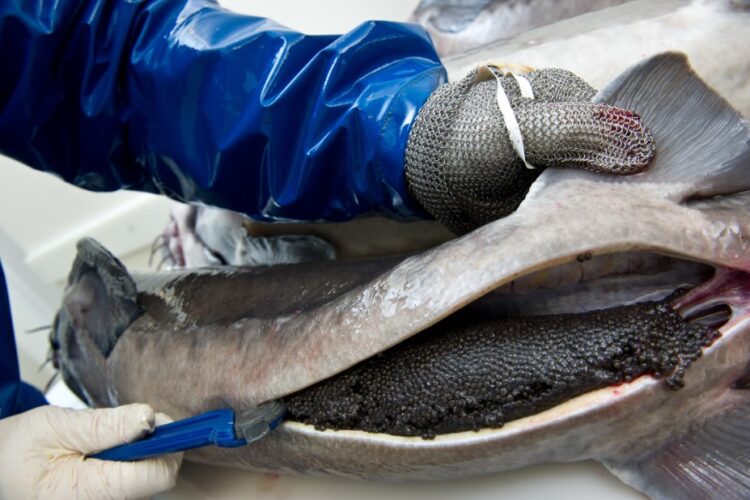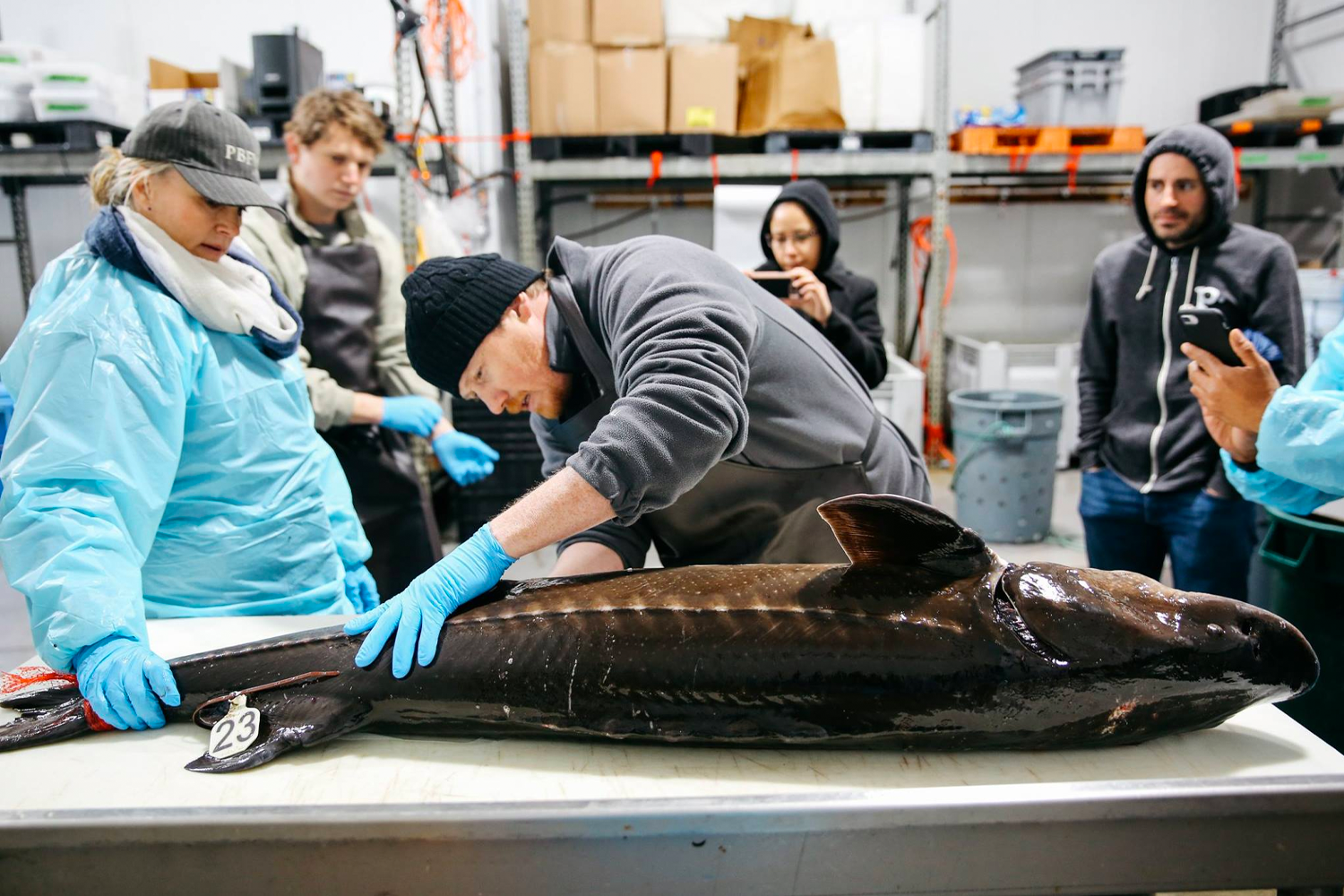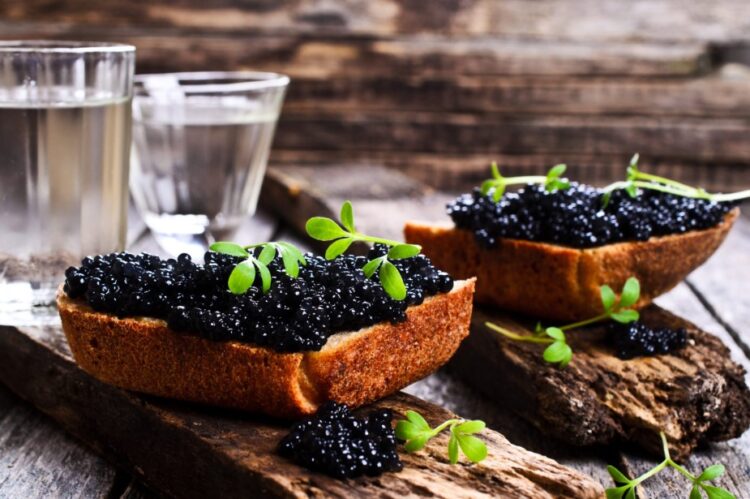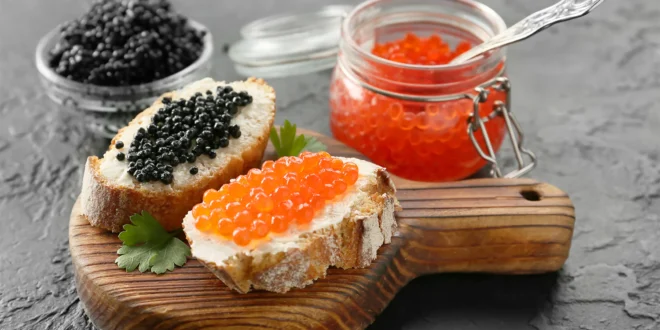Caviar has long been considered a luxury food, often associated with extravagant lifestyles and high-end dining experiences. With its rich and buttery taste, it’s no surprise that this delicacy comes with a hefty price tag.
But have you ever wondered what exactly makes caviar so expensive? From the type of fish it comes from to the harvesting process and storage methods, there are a multitude of factors that contribute to the final cost of caviar.
To determine how much caviar costs, it’s important to understand the various factors that influence its price. In this article, we will delve into the world of caviar and decode the various elements that influence its price. So, let’s take a closer look at the factors that make caviar such an expensive delicacy.
Harvesting ─ Timing, Species, and Location

When it comes to understanding the factors that influence caviar costs, one crucial aspect to consider is the process of harvesting, which is determined by factors such as timing, species, and location. The timing of the harvest plays a significant role in the quality and flavor profile of the caviar. The best caviar is obtained when the eggs are fully matured, but not yet released by the sturgeon.
Additionally, different species of sturgeon produce caviar with distinct characteristics, with Beluga, Osetra, and Sevruga being among the most sought-after varieties. Lastly, the location of the sturgeon farm or the wild fishery can impact caviar costs, as certain regions are known for their superior quality and sustainable practices.
Processing ─ Grading, Salting, and Aging
After the eggs are carefully harvested, they undergo a meticulous grading process to determine their size, color, and texture. This grading process allows producers to classify the caviar into different categories, such as “Grade 1” or “Malossol,” which indicates that the caviar contains large, well-formed eggs with a firm texture and a vibrant color.
Once the caviar is graded, it is then lightly salted to enhance its flavor and preserve its freshness. The amount of salt used is carefully controlled, as too little can lead to spoilage, while too much can overpower the delicate taste of the eggs. The salted caviar is then left to age in a temperature-controlled environment, where it undergoes a natural maturation process that further develops its flavor and texture. This aging process can range from a few weeks to several months, depending on the desired characteristics of the caviar.
The grading, salting, and aging of caviar are all intricate steps that require expertise and precision. They contribute to the unique nuances and complexities found in each variety of caviar, allowing connoisseurs to savor an exquisite range of flavors and textures.
Rarity ─ Wild vs. Farmed Caviar

Wild caviar, harvested from sturgeon swimming in their natural habitats, is inherently more scarce and thus commands a higher price. The limited availability of wild sturgeon, combined with the strict regulations and quotas placed on their harvest, contributes to the exclusivity and rarity of wild caviar.
Additionally, the wild-caught sturgeon’s natural diet and environment are believed to impart unique flavors and textures to the caviar, further increasing its desirability and value.
On the other hand, farmed caviar, produced through aquaculture methods, is more readily available in larger quantities. The controlled environment of fish farms allows for a consistent supply of caviar, resulting in a lower price point compared to its wild counterpart. While farmed caviar may lack the same level of exclusivity and distinct flavors as wild caviar, it provides a more accessible option for caviar enthusiasts.
Demand ─ Economy and Trends
Caviar has long been associated with luxury and opulence, making it a sought-after delicacy among discerning consumers. As disposable incomes rise and lifestyles evolve, the demand for high-end culinary experiences continues to grow. This increasing demand, coupled with limited supply due to the sturgeon’s slow maturation process, contributes to the high price tag of caviar.
Furthermore, changing consumer preferences and evolving culinary trends can also impact the demand for specific types of caviar, influencing their respective costs. As the market evolves, producers and suppliers must adapt to these demand fluctuations and consumer preferences to ensure a sustainable and profitable caviar industry.
Authenticity ─ Avoiding Imitation Products
When it comes to the world of luxury goods, authenticity is of utmost importance. This holds for caviar as well, as the market is unfortunately plagued by imitation products that seek to deceive consumers. To fully appreciate the true value and taste of authentic caviar, it is crucial to be vigilant and discerning.
One must pay attention to the source and reputation of the supplier, as well as look for proper certifications and quality assurance measures. Additionally, understanding the distinct characteristics and flavor profiles of different caviar varieties can help in identifying any potential imitations or inferior products.

Conclusion
Understanding the factors that influence the cost of caviar is essential for anyone looking to indulge in this luxurious delicacy. From the species and region to the harvesting and processing methods, each aspect plays a significant role in the final price tag.
As consumers, it is important to be informed and make conscious decisions when purchasing caviar to ensure both quality and sustainability. With this knowledge, you can confidently navigate the world of caviar and truly appreciate the flavors and complexities of this highly coveted food.
 Hi Boox Popular Magazine 2024
Hi Boox Popular Magazine 2024



